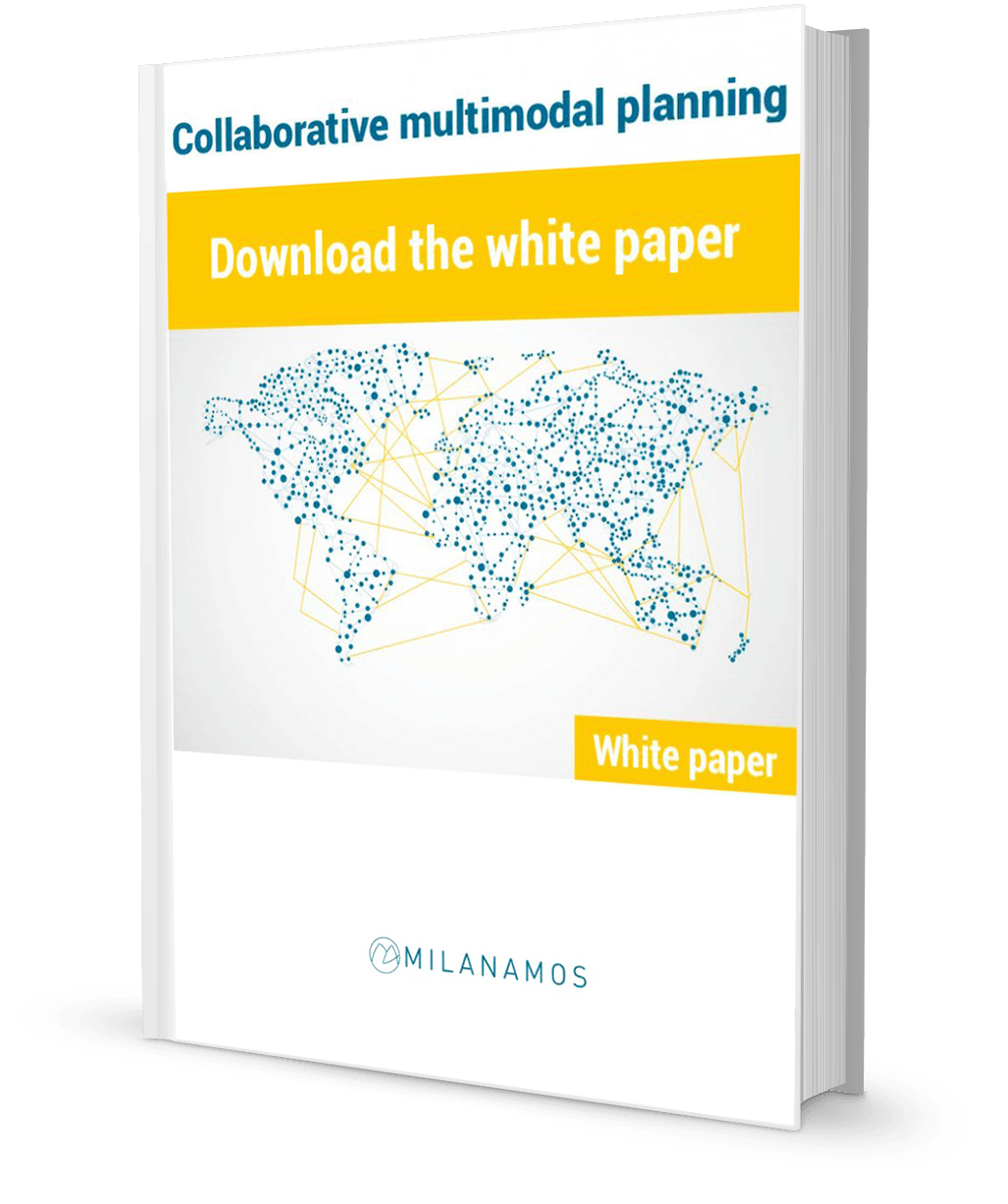Milanamos has been working with transport operators to create multimodal networks for a few years. And now the opportunity is expanding for monomodal and multimodal transport operators to also participate in Smart Cities.
As champions of big data in the role of optimising transport services, at Milanamos we believe that smart city APIs will enable airline, train, bus, tram, ferry and other transport companies to create multimodal services which exactly meet the needs of the next generation of urban dwellers.
The Top Ten Attributes Of A Smart City?
To start with, what exactly are the most important sources of smart city big data?
Nordic APIs (link below) have defined the crucial key datasets that they think a smart city can capture and share:
– public transit
– waste management
– power generation and lighting
– safety and security
– parking
– aesthetics (such as fountains)
– building management
– environmental factors
– border control
– tourism
By linking to these (and other) public, social or private datasets, city planners and software developers can create apps that simultaneously increase the quality of life for people whilst reducing the cost of city management (and mismanagement).
Nordic APIs quote Lemke Idsingh of Oracle’s Smart City Platform (link below) that an objective of smart cities is to: “Sense what is happening from humans, sensors, and businesses. Budget constraints more and more drive collaboration, harmonization and modernization,” Idsignh continued, “and social networks allow citizens to engage again, tapping into each other’s creativity.””
Quick API Overview: Barcelona, New York, Melbourne and Singapore.
In an article titled “How Smart Cities Are Promoting API Usage”, (link below) Programmable Web gives examples from four cities who have an API program:
Barcelona has a wide range of API initiatives. One interesting outcome is that the city is developing a process that enables it to identify and publish problems that are happening in the city (the problems can be anything from transport to refuse collection issues) … and companies will pro-actively offer solutions. That reduces the timescale from problem to solution … and means the city planners don’t have to try and know ‘everything about everything’ and write time-consuming (and possibly misleading) tenders.
New York is another city that is committed to developing APIs. In fact the city has an API roadmap that stretches to 2018, so software developers can schedule their work with confidence. On the subject of apps, New York has the BigApps competition (link below). Sponsored by government funding and corporations like Cisco, BigApps offered prizes of $100,000 in 2015 to developers who could harness the city’s APIs in four categories.
Singapore has entered the word of city APIs with a focused initiative called Smart Health coLab. By publishing APIs in four key areas – traffic, weather, maps and library services – the city wants to encourage apps which increase the health and knowledge of citizens. Singapore’s API developer portal currently has around 30,000 visitors a month, many of which are to create dengue fever maps.
Melbourne has a developer and citizen advice portal that currently receives about 5,000 visitors a month, so it is in the early days of development. Two popular datasets are bike share and pedestrian activity, with the pedestrian dataset receiving over 20,000 visits since it was introduced. Melbourne is installing sensors throughout the city to monitor pedestrian, cycle and other modes of transport.
Other cities to have started API initiatives are Helsinki, Amsterdam and Lisbon. CitySDK (link below) has a range of APIs which have been used by those three cities to ease the development of scalable smart city services and applications.
The Smart City API Opportunity For Transport Operators.
Multimodal transport networks which have been enabled by the Milanamos PlanetOptim big data toolkit give transport companies – even those who are in competition with each other – the ability to create multimodal services which increase demand and reduce costs.
But when you overlay a multimodal transport network the massive, realtime insights from smart city APIs, transport companies have the opportunity to predict and deliver exactly the services that inhabitants want.
Milanamos can guide you through the complexities of multimodal networks and the challenge of harnessing big data.
Please get in touch and/or claim your free copy of our technical white paper.
Programmable Web
How smart cities use APIs
http://www.programmableweb.com/news/how-smart-cities-are-promoting-api-usage/analysis/2015/05/04
CitySDK
APIs used in Helsinki, Amsterdam and Lisbon
http://www.citysdk.eu
Nordic APIs
How APIs Are Driving Smart Cities
http://nordicapis.com/how-apis-are-driving-smart-cities
Oracle
Smart City Platform
http://www.oracle.com/us/industries/public-sector/national-local-government/city-platform/index.html
New York
BigApps competition
http://bigapps.nyc/p
Slideshare presentation
Profiting from Smart City APIs
http://www.slideshare.net/programmableweb/profiting-from-smart-city-apis












